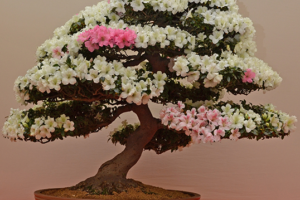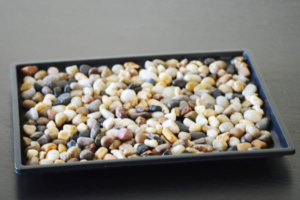Top 10 Maple For Bonsai. Benichidori, Seigen, Deshojo, Katsura, Mountain, Arakawa, Shishigashira etc
Red Dragon Japanese Maple Bonsai Tree For Sale
Japanese Maple Bonsai
Japanese maple bonsai trees are a beautiful and unique addition to any bonsai collection. These small trees are known for their delicate leaves, vibrant colors, and graceful branches. Growing Japanese maple bonsai can be a challenging but rewarding experience. With proper care and attention, these trees can thrive and bring beauty to your home or garden for years to come.
The first step in growing Japanese maple bonsai is to choose the right tree. There are many different varieties of Japanese maple, each with its own unique characteristics. Some popular varieties include the Acer palmatum ‘Bloodgood’, which has deep red leaves, and the Acer palmatum ‘Sango-kaku’, which has coral-colored bark. When choosing a tree, be sure to select one that is healthy and has a well-defined trunk and branches.
Once you have chosen your tree, the next step is to pot it properly. Japanese maple bonsai should be planted in a well-draining soil mix that is high in organic matter. A good mix for this tree would be equal parts akadama, pumice, and lava rock. Make sure to use a shallow pot that will allow the roots to spread out.

Japanese maple bonsai trees require a lot of light, so be sure to place them in a location that receives at least six hours of direct sunlight per day. They also prefer slightly cooler temperatures, so avoid placing them in direct sunlight during the hottest parts of the day.
Regular watering is crucial for the health of your Japanese maple bonsai. Be sure to water your tree thoroughly, allowing the water to reach the roots. Allow the soil to dry out slightly before watering again. Be sure to check the soil moisture regularly, as over-watering can lead to root rot.
Pruning and shaping your Japanese maple bonsai is essential to maintaining its shape and size. Use sharp, clean pruning shears to remove any dead, diseased, or crossing branches. Be sure to also remove any new growth that appears on the trunk or the base of the tree. This will help to maintain the shape of your tree and keep it small.
Wire is also an important tool for shaping your Japanese maple bonsai. Be sure to use a thin wire that will not damage the branches. Wrap the wire around the branches, making sure to keep the wire tight but not so tight that it cuts into the bark. The wire should be left on for several months until the branch has set in its new position.
Fertilizing your Japanese maple bonsai is also important for its health. Use a balanced fertilizer that is high in nitrogen, phosphorous, and potassium. Fertilize your tree every four to six weeks during the growing season, making sure to follow the instructions on the fertilizer package.
Japanese maple bonsai trees are also susceptible to pests and diseases. Be sure to regularly inspect your tree for any signs of infestation or disease. Common pests that affect Japanese maple bonsai include aphids, scale insects, and spider mites. If you notice any signs of infestation, be sure to treat your tree immediately.
In conclusion, growing Japanese maple bonsai trees can be a challenging but rewarding experience. With proper care, attention, and patience, these trees can thrive and bring beauty to your home or garden for years to come. Remember to choose a healthy tree, pot it in a well-draining soil mix, place it in a location with plenty of light, water regularly, prune and shape regularly, use wire to shape and fertilize properly. With all these steps in mind, you will be able to enjoy your own beautiful Japanese maple bonsai tree.







Leave a Reply
Your email is safe with us.
You must be logged in to post a comment.